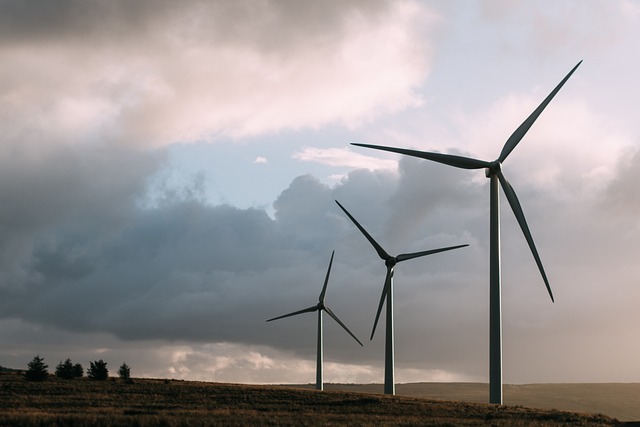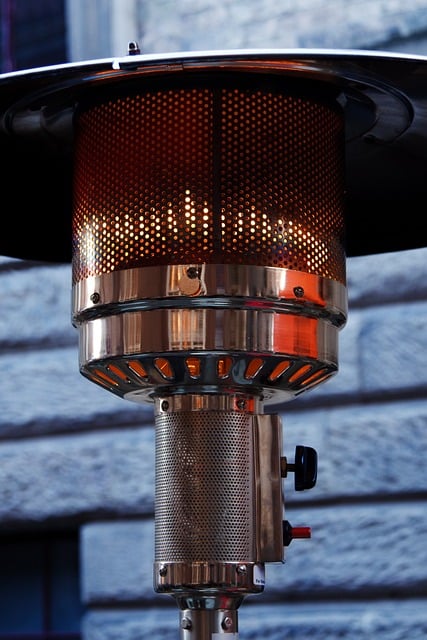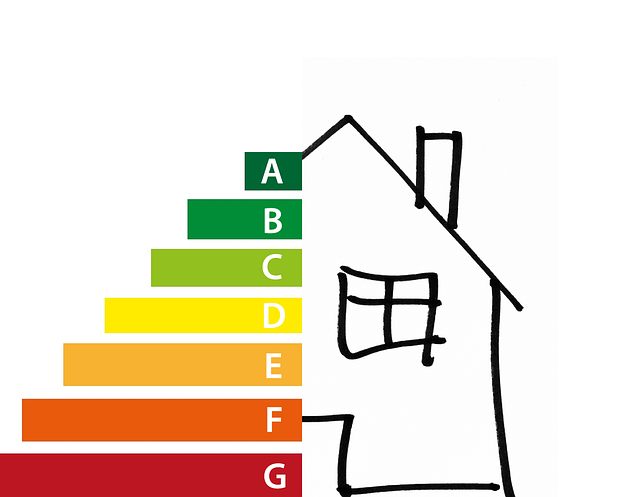Water heaters vary in size, capacity, and type (electric, gas, tankless) to meet diverse hot water needs and energy consumption patterns. Selecting a suitable heater involves evaluating household size, daily usage, and energy efficiency ratings, which impact both space requirements and performance. Optimal placement, strategic positioning near fixtures, proper insulation, advanced temperature controls, and efficient circulation systems enhance energy savings. Prioritizing space optimization, ventilation, and energy-efficient practices leads to an effective, cost-saving, and environmentally friendly water heating system tailored to individual needs.
When installing a water heater, understanding your space and energy needs is crucial. This guide will walk you through optimizing your home’s heating potential. First, grasp the varying sizes and capacities of water heaters to match your usage patterns. Then, identify the best installation location for optimal performance. Learn how factors like insulation and proximity to hot water fixtures impact energy efficiency. Finally, discover tips to maximize savings and make your water heater a smart addition, ensuring both comfort and eco-friendly living.
- Understanding Water Heater Sizes and Capacities
- Assessing Your Home's Energy Usage Patterns
- Locating the Ideal Installation Space
- Factors Affecting Energy Efficiency in Water Heaters
- Maximizing Savings: Tips for Smart Installation
Understanding Water Heater Sizes and Capacities

Water heaters come in various sizes and capacities, each designed for different energy consumption and hot water needs. Understanding these differences is essential when considering installation space. Energy efficiency, for instance, plays a significant role in determining the size of your water heater. Heaters with higher energy ratings can save you money on utility bills while also reducing environmental impact.
When evaluating capacity, think about factors like household size and daily hot water usage. Larger families or homes with multiple occupants will require heaters with bigger storage tanks to meet their demands. Additionally, consider the type of water heating system (electric, gas, tankless) as these influence both space requirements and energy efficiency.
Assessing Your Home's Energy Usage Patterns

When considering a new water heater installation, assessing your home’s energy usage patterns is a crucial step in optimizing both comfort and cost savings. Start by evaluating your daily routines and appliances—from the number of baths taken to the use of electric kettles or dishwashers. These habits significantly impact energy consumption. Look for areas where you can introduce energy-efficient practices, such as installing low-flow showerheads or using energy-saving settings on household appliances.
Understanding your home’s energy footprint allows you to select a water heater that aligns with your needs and promotes energy efficiency. This not only reduces utility bills but also contributes to environmental sustainability. By making informed choices based on your specific usage patterns, you can ensure a more efficient and cost-effective water heating system for your household.
Locating the Ideal Installation Space

When considering the installation space for a water heater, locating the ideal spot is key to maximizing its energy efficiency and performance. The first step is to assess your home’s layout and available areas. Water heaters thrive in well-ventilated spaces that are easily accessible for maintenance. A dedicated area near your hot water fixtures, such as bathrooms and kitchens, can significantly reduce heat loss during hot water distribution. This strategic placement ensures a constant supply of hot water while minimizing energy wastage.
Additionally, consider the proximity to electrical outlets. Modern water heaters often come with advanced features that require external power sources. Easy access to electricity streamlines installation and potential future upgrades. Remember, an efficient water heater installation not only saves energy but also contributes to long-term cost savings.
Factors Affecting Energy Efficiency in Water Heaters

When considering a water heater, understanding how various factors influence its energy efficiency is key to making an informed decision. One of the primary considerations is the available installation space. Heaters come in different sizes and types, from compact tankless models suitable for smaller spaces to larger storage tanks requiring ample room. The location and dimensions of your installation area play a significant role in determining the most efficient option for your home or business.
Other critical aspects affecting energy efficiency include the climate you live in and your water usage patterns. In colder regions, insulating the heater and ensuring proper insulation in your walls can significantly enhance its performance. Additionally, modern water heaters often feature advanced temperature controls and smart technology, allowing for precise heating settings that reduce energy waste. Efficient water circulation pumps and heat recovery systems further contribute to overall energy savings, making them valuable additions to consider based on your installation space and budget.
Maximizing Savings: Tips for Smart Installation

When planning a water heater installation, prioritizing space optimization can significantly enhance both energy efficiency and overall savings. A smart approach to placement involves considering the proximity to plumbing fixtures and high-demand areas like bathrooms and kitchens. By strategically positioning the heater, you minimize heat loss through shorter pipe runs, reducing energy consumption and associated costs.
For instance, placing the water heater in a closet or utility room adjacent to these areas ensures easy access while maintaining optimal efficiency. This arrangement also allows for better temperature regulation, as heated water doesn’t need to travel long distances, thereby preventing unnecessary energy wastage. Additionally, ensuring adequate ventilation in the installation space is crucial for both safety and energy conservation, contributing to a more energy-efficient home environment.






